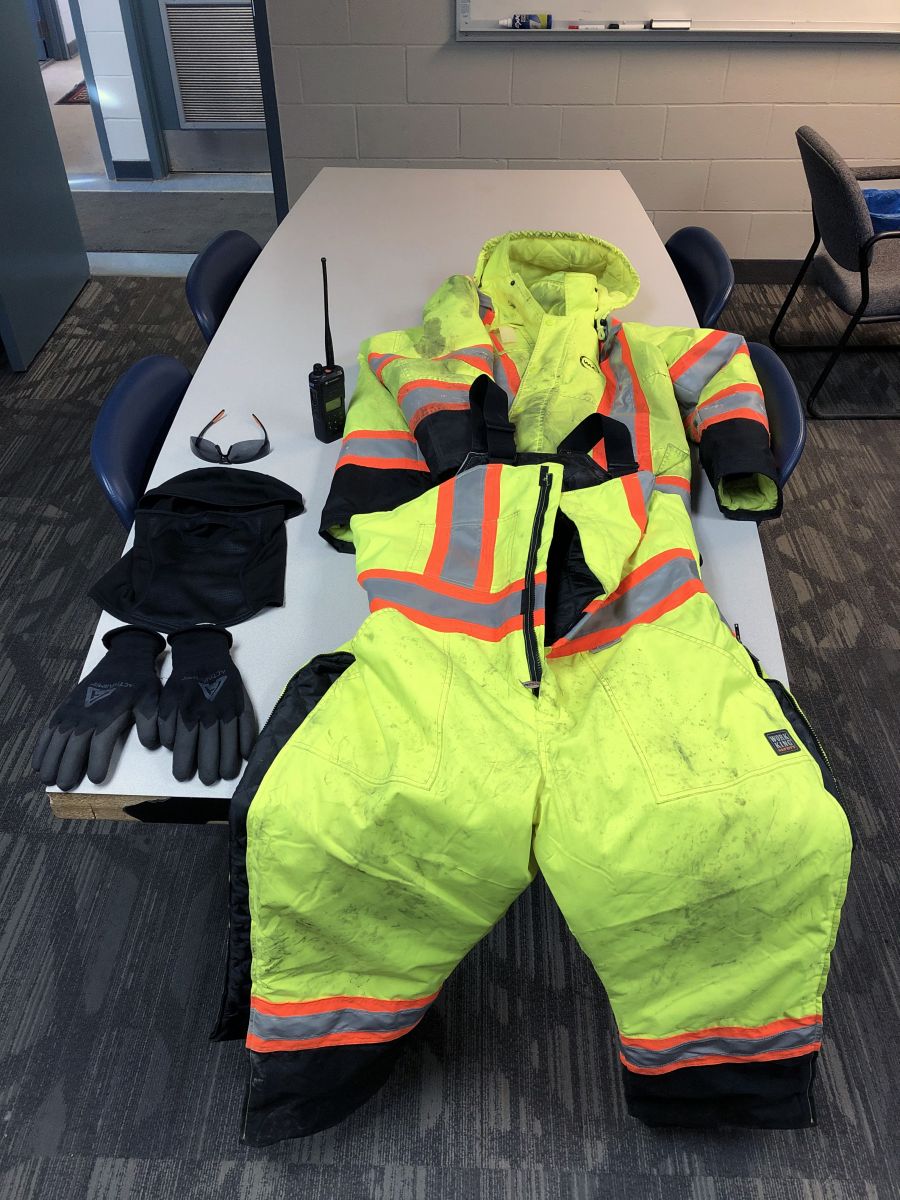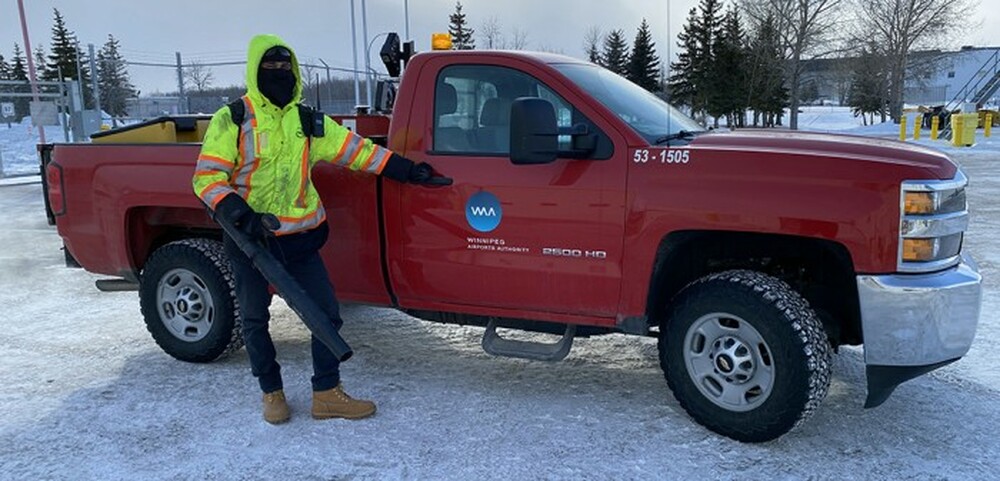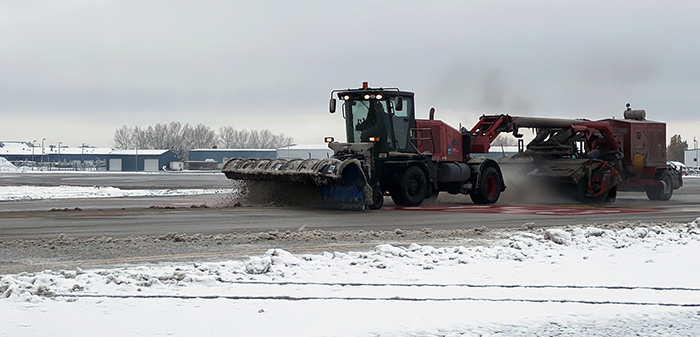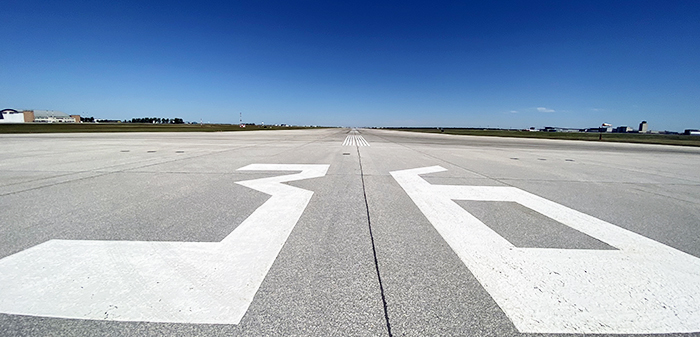When a polar vortex wraps Winnipeg with bitterly cold temperatures that feel like almost -50°C, extra precautions need to be taken by Winnipeg Richardson International Airport team members working to keep the runways clean and clear around the clock.
“The last couple of days have been some of the coldest I’ve worked in,” said Michael Paslawski, one of the Snow Removal Labourers on the airfield maintenance crew. “Multiple layers are a must to stay safe and warm when you need to be outside.”
Paslawski spends the majority of his workday on the wide open airfield shovelling snow away from critical infrastructure, cleaning around boarding gates and walkways and picking up any debris the wind may have blown in. When the cold is this extreme, he wears so many pieces of clothing it takes him more than ten minutes to get dressed before heading out the door.
Paslawski starts with a base layer of thermal pants and a long-sleeve shirt. He then throws on another pair of pants and a shirt before adding a sweater. On top of it all are ski pants and a long parka that extends past his waist so the wind doesn’t blow up his back.
“You have to find the right balance,” said Paslawski. “You need thicker clothing to stay comfortable but it can’t be too bulky as it impacts your movement.”
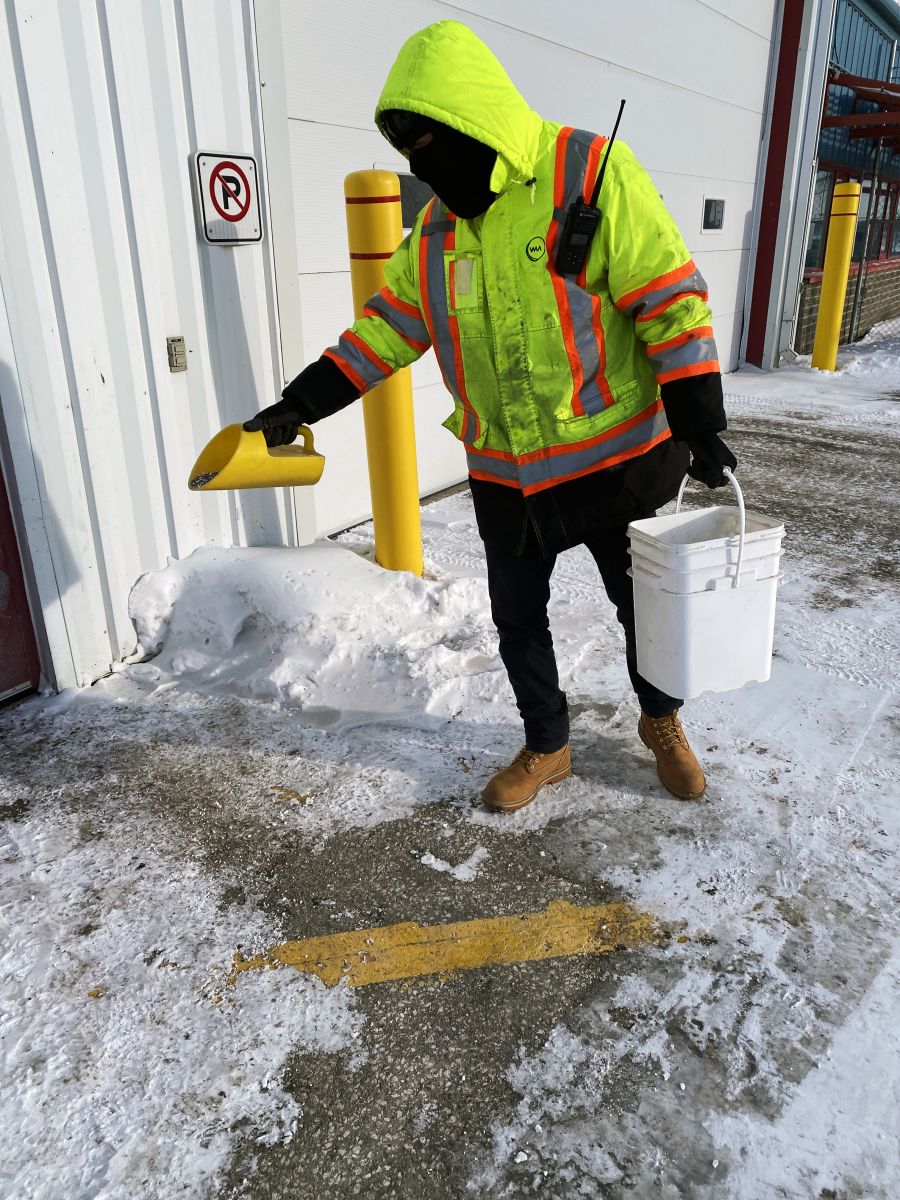
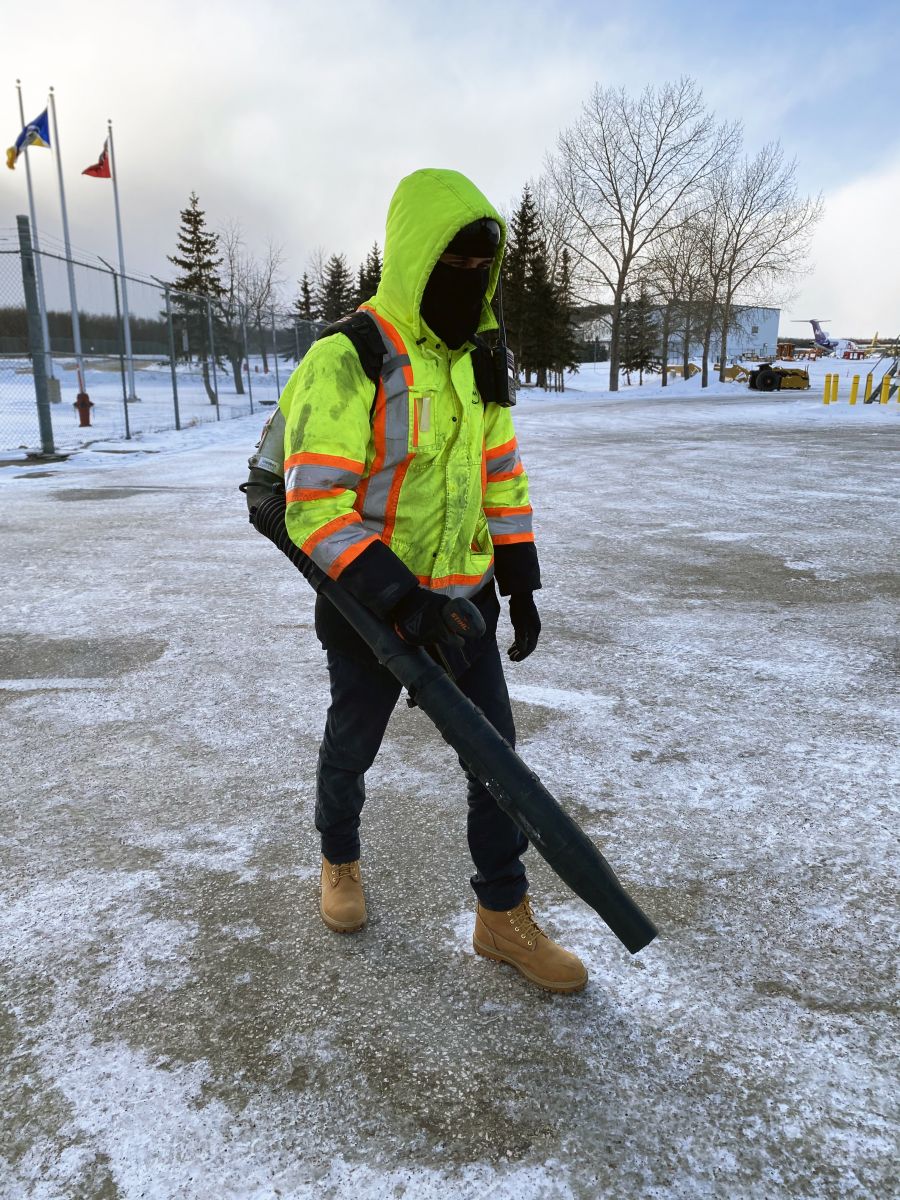
The hood on his jacket helps keep Paslawski’s head warm - but again, layers are key. He slips on a toque and face mask under his hood that covers everything but his eyes.
To keep his feet toasty, Paslawski wears good winter boots over two pairs of socks. He also doubles up on his hands, with two layers of gloves. Even though mitts trap in heat better, he prefers this type of protection for his fingers as it allows him to handle shovels and other pieces of equipment easier. The majority of Paslawski’s clothing is made out of wool as the fabric insulates even it if it gets wet.
“Quality, heavy duty winter gear is well worth the investment,” said Paslawski. “It goes a long way when you’re doing physical labour as it wicks away any sweaIn case his clothing does get wet, Paslawski keeps extra shirts, socks and gloves in his locker that he can quickly change into. Since wet feet lose heat 25 times faster than dry feet, Paslawksi places his boots near a heater at the end of each day to ensure they’re dry before his next shift.
In case his clothing does get wet, Paslawski keeps extra shirts, socks and gloves in his locker that he can quickly change into. Since wet feet lose heat 25 times faster than dry feet, Paslawksi places his boots near a heater at the end of each day to ensure they’re dry before his next shift.
As much he relies on his four layers of clothing to keep him warm, Paslawski says frequent breaks are just as crucial. He hops in his vehicle to defrost when he begins to feel too cold. Paslawski also schedules moments throughout his day to head back to the shop to rest and grab a cup of hot coffee.
“I’m not a big fan of the cold but I’m a born and raised Manitoban so I’m used to it,” said Paslawski. “It’s important work that we do as the airfield needs to stay open to allow planes to land and takeoff. I love coming into work each and every day no matter what the temperature is.”
